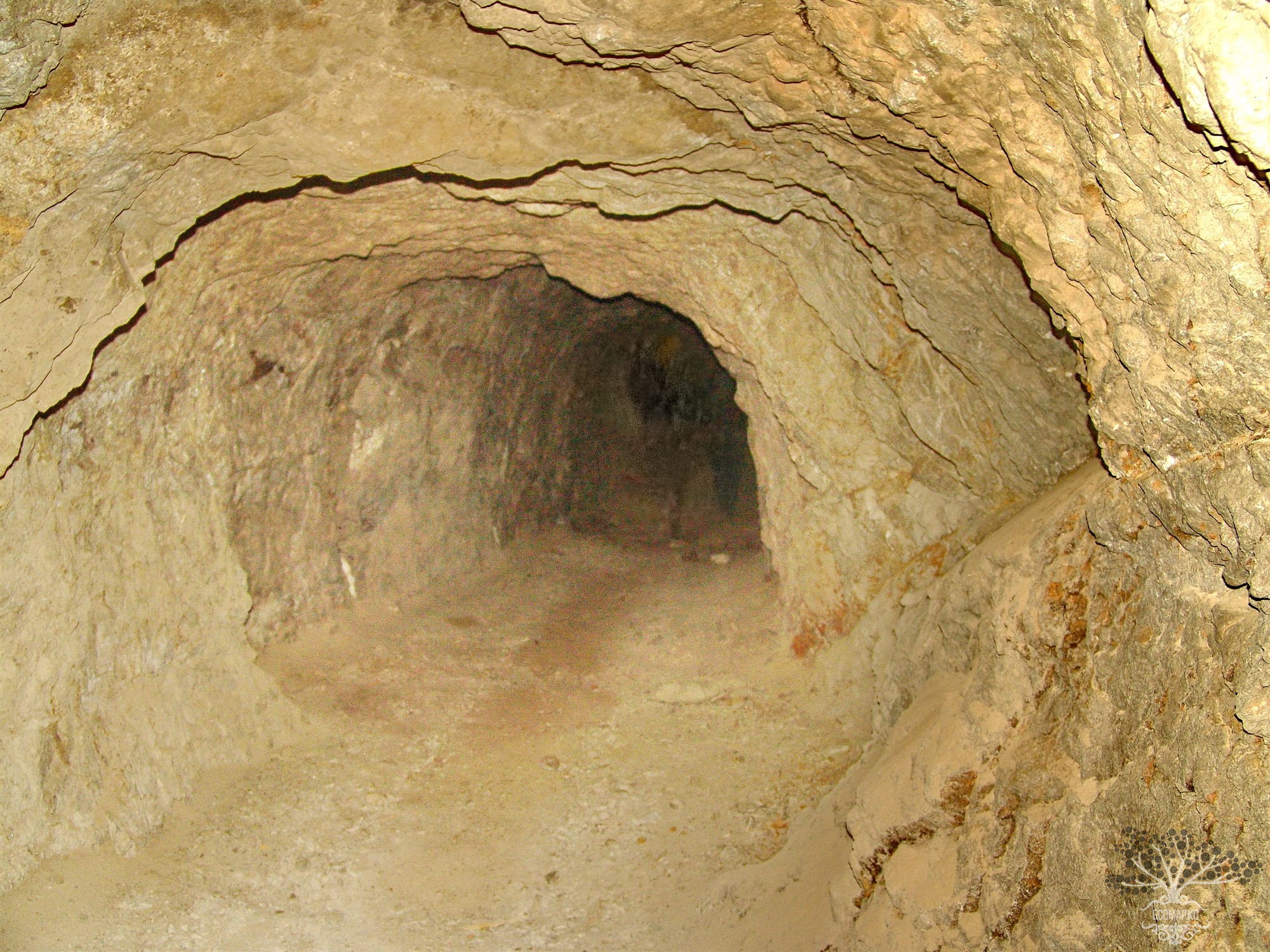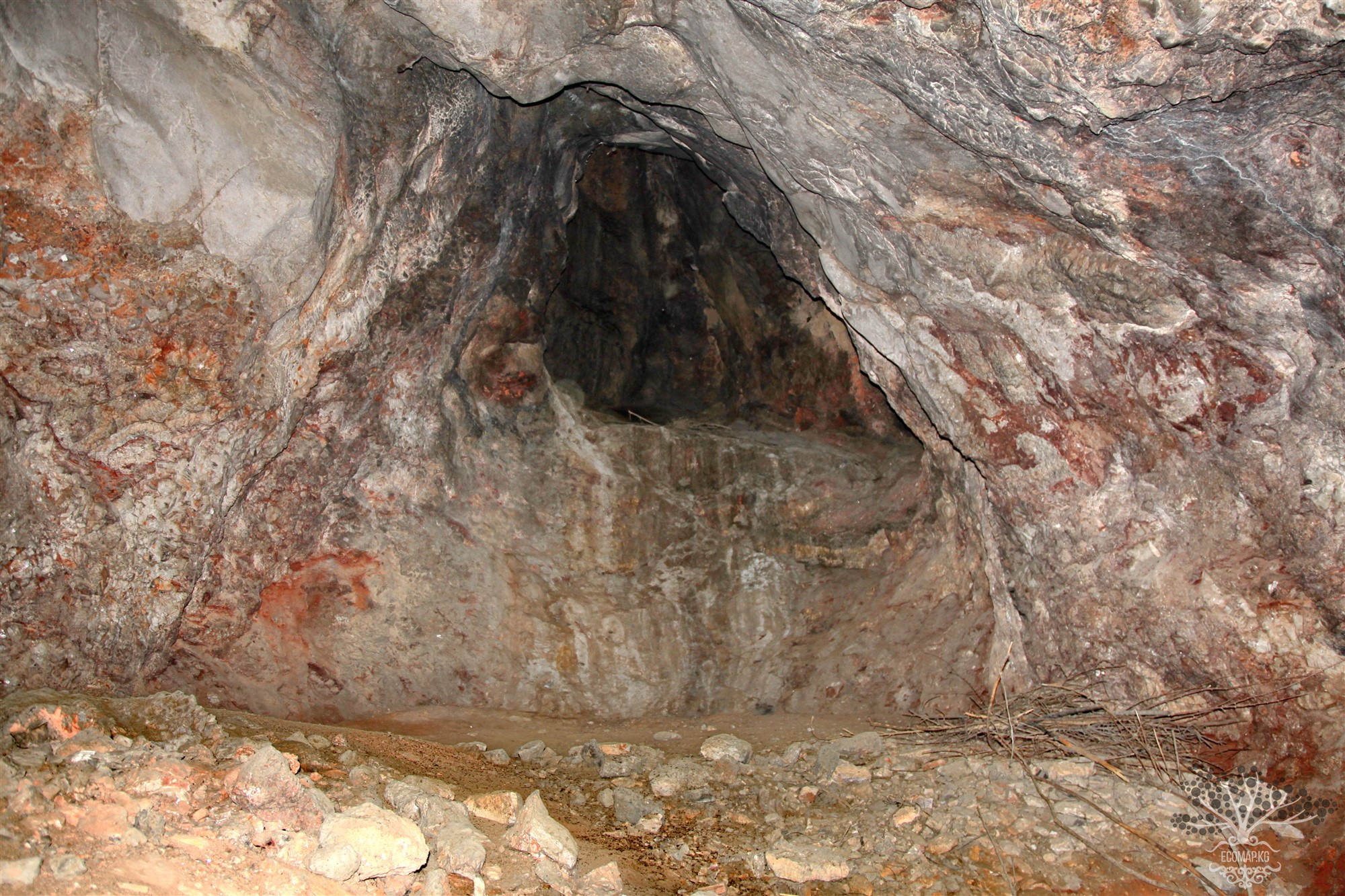Radiological Situation in the Area of the Former Radium Mine "Tuya-Muyun". Fersman Cave
Coordinates: 40.357283, 72.585779 The Tuyamuyun massif is a latitudinally elongated block of Lower Carboniferous massive limestones up to 600 m wide. The limestones are almost vertically inclined, broken into blocks, marbleized, brecciated, and cut by calcite veins. They are trapped between the rocks of the Paleozoic strata (coal and clay shales, sandstones, siliceous shales, effusive rocks), separated from them by faults. The surface of the massif is a gently sloping plateau to the north with










